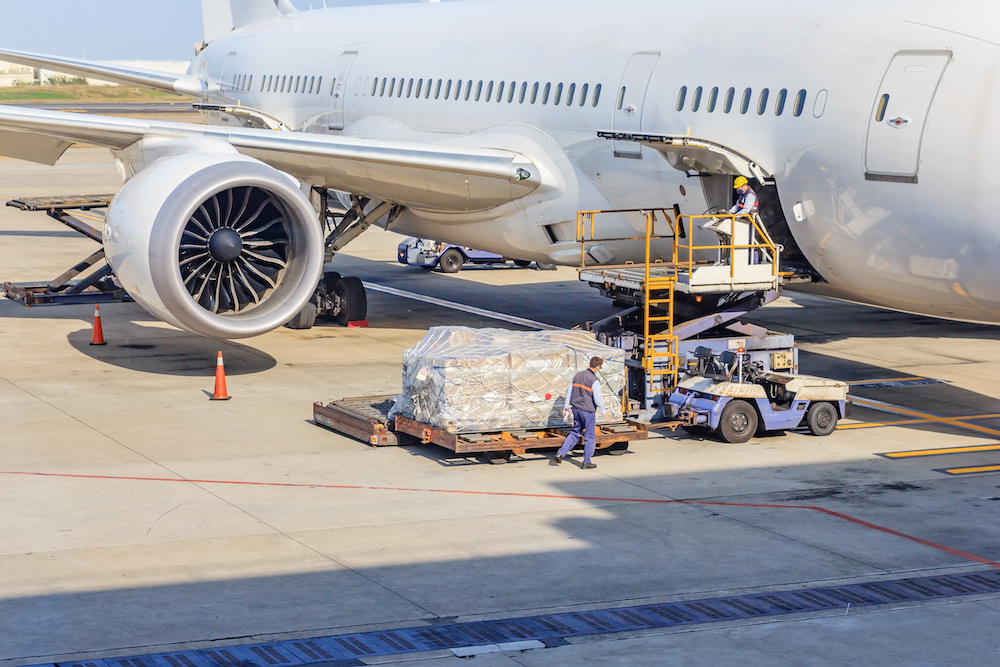
Global demand, measured in cargo tonne-kilometres (CTKs), fell 8.3% compared to August 2021 (-9.3% for international operations). This was a slight improvement on the year-on-year decline of 9.7% seen in July.
Capacity was 6.3% above August 2021 (+6.1% for international operations). This is a significant expansion over the 3.6% year-on-year increase in July.
IATA, which represents some 290 airlines comprising 83% of global air traffic, said several factors should be noted in the operating environment:
Willie Walsh, IATA’s Director General said: “Air cargo continues to demonstrate resilience. Cargo volumes, while tracking below the exceptional performance of 2021, have been relatively stable in the face of economic uncertainties and geopolitical conflicts.
“Market signals remain mixed. August presented several indicators with upside potential: oil prices stabilised, inflation slowed and there was a slight expansion in goods traded globally. But the decrease in new export orders in all markets except the US tells us that developments in the months ahead will need to be watched carefully.”
Regional performance
Asia-Pacific airlines airlines saw their air cargo volumes decrease by 8.3% in August 2022 compared to the same month in 2021. This was an improvement over the 9.0% decline in July. Airlines in the region benefited from slightly increased levels of trade and manufacturing activity due to the easing of COVID-19 restrictions in China. Available capacity in the region increased 13.9% compared to August 2021, a significant increase over the 2.7% growth in July.
North American carriers posted a 3.4% decrease in cargo volumes in August 2022 compared to the same month in 2021. This was an improvement over the 5.7% decline in July. The lifting of restrictions in China improved demand and a further boost is expected in the coming months. Capacity was up 5.7% compared to August 2021.
European carriers saw a 15.1% decrease in cargo volumes in August 2022 compared to the same month in 2021. This was the worst performance of all regions for the fourth month in a row. This is attributable to the war in Ukraine. Labor shortages and high inflation levels, most notably in Türkiye, also affected volumes. Capacity increased 0.4% in August 2022 compared to August 2021.
Middle Eastern carriers experienced an 11.3% year-on-year decrease in cargo volumes in August. Stagnant cargo volumes to/from Europe impacted the region’s performance. Capacity was down 0.1% compared to August 2021.
Latin American carriers reported an increase of 9.0% in cargo volumes in August 2022 compared to August 2021. This was the strongest performance of all regions. Airlines in this region have shown optimism by introducing new services and capacity, and in some cases investing in additional aircraft for air cargo in the coming months. Capacity in August was up 24.3% compared to the same month in 2021.
African airlines saw cargo volumes increase by 1.0% in August 2022 compared to August 2021. This was a significant improvement on growth recorded the previous month (-3.5%). Capacity was 1.4% below August 2021 levels.